Did you know that the global power bank market is projected to reach $15 billion by 2026? With the growing demand for portable charging solutions, it's no surprise that power banks have become an essential accessory for almost every smartphone user. But with so many options available, figuring out how much power your phone actually needs can feel overwhelming. This guide will help you navigate the world of power banks and understand the key factors like wattage and milliampere-hour (mAh) ratings, ensuring you choose the right power bank for your device.
What is a Power Bank?
A power bank is a portable battery device designed to recharge electronic devices such as smartphones, tablets, and even laptops on the go. It stores electrical energy in a battery through a USB connection, which can then be used to charge your gadgets without needing a direct power source.
Types of Power Banks
Universal Power Banks: Standard models compatible with various devices.
Solar Power Banks: Feature solar panels to recharge via sunlight—ideal for outdoor use.
Wireless Power Banks: Offer Qi wireless charging for compatible devices.
Fast-Charging Power Banks: Support quick charging protocols like Power Delivery (PD) and Qualcomm Quick Charge.
Magnetic Power Banks: Such as the VoltaGo Max - Magnetic Power Bank (27k mAh), which offers a seamless charging experience with magnetic connectors, making it easy to attach and charge devices without fiddling with cables.
Why You Need One
From long travel days to power outages, power banks provide an extra layer of convenience by keeping your devices charged whenever and wherever needed.
Key Terms You Need to Know
Milliampere-hour (mAh)
The mAh rating indicates the capacity of a power bank—the higher the mAh, the more charge it can store. For instance, a 27,000mAh power bank like the VoltaGo Max can theoretically charge a 2,500mAh phone battery atleast 8 times.
Wattage (W) and Power Delivery
Wattage measures the rate at which energy is transferred. Modern devices often support fast charging at higher wattages. For example, Power Delivery (PD) can charge devices at 18W, 30W, or even up to 100W for some laptops.
Voltage (V) and Amperage (A)
Voltage is the pressure at which electricity flows, while amperage is the volume of electricity flowing. Power banks usually output at 5V but can range higher if supporting fast charging (e.g., 9V or 12V).
Charging Protocols
USB-C Power Delivery (PD): A versatile charging standard offering up to 100W, making it suitable for a range of devices from phones to laptops.
Qualcomm Quick Charge: A fast-charging protocol that reduces charging times by increasing voltage and amperage.
Qi Wireless Charging: For wire-free convenience, compatible with devices that support Qi standards.
How Much Power Does Your Phone Need?
Calculating the Right mAh
To determine the ideal power bank capacity for your phone, consider your device's battery capacity and your charging needs. If your phone has a 3,000mAh battery and you need a full charge once a day, a 27,000mAh power bank, like the VoltaGo Max, would comfortably provide atleast eight full charges, considering some loss during energy transfer.

Wattage Requirements for Fast Charging
If you own a modern smartphone with fast charging capabilities, you’ll want a power bank that supports higher wattage outputs, usually 18W or above. Here’s a look at popular phones and their charging needs:
iPhones (from iPhone 8 onwards): Supports fast charging at 18W. A power bank with PD and at least 18W output, such as the VoltaGo Max, is optimal.
Samsung Galaxy (S10 and above): Fast charging up to 25W, so choose a power bank with PD supporting 25W or higher.
Google Pixel (3 and above): Supports 18W fast charging via PD, making a power bank like the VoltaGo Max a great match.
OnePlus (8T and above): Utilizes Warp Charge at 30W and above. A compatible power bank with high wattage output, like those supporting PD 30W, will charge these models effectively.
Xiaomi (Mi 10 Pro and above): Supports up to 50W fast charging with certain models. For these, look for power banks with USB-C PD output that can match or exceed 50W..
Matching Power Bank Output to Device Input
Ensure the power bank’s output matches your phone’s charging requirements to maximize efficiency. If your phone supports 20W fast charging, using a power bank with a lower wattage output will slow the charging rate. For instance, the VoltaGo’s 20W PD is well-suited for many of the latest devices, offering a balanced solution for everyday fast charging needs.
Choosing the Right Power Bank
Assess Your Needs
For Daily Use: A 5,000-10,000mAh power bank is usually sufficient for topping off your phone during the day like our VoltaGo.

For Travel: Consider a higher capacity, such as 20,000mAh or above, to keep multiple devices charged over longer periods.

For Laptops or Tablets: You’ll need a power bank like the VoltaGo Max with USB-C PD support, offering outputs of 30W, 45W, or even 60W+ depending on your device's requirements.
Consider Size and Portability
Higher capacity usually means a larger, heavier power bank. Strike a balance between capacity and portability based on your use case. The VoltaGo Max sleek design and magnetic feature make it a portable and convenient choice for everyday use.

Check for Safety Features
Look for power banks with built-in safeguards like overcharge protection, temperature control, and short circuit protection to ensure your devices are safe. The VoltaGo Max includes these features, providing peace of mind along with convenience.

Tips for Optimal Use
Keep Your Power Bank Charged
Regularly recharge your power bank, especially if it’s used infrequently. Lithium-ion batteries degrade faster if left discharged for extended periods.
Use the Right Cables
Always use cables that support the necessary wattage and protocols for your devices to ensure efficient charging. Our best recommendation for this is the Volta Max Cable

Avoid Extreme Temperatures
High temperatures can damage your power bank's battery, so avoid leaving it in hot environments like a car on a sunny day.
Conclusion
Navigating the world of power banks doesn’t have to be daunting. By understanding key terms like mAh, wattage, and charging protocols, you can make an informed decision and choose a power bank that fits your needs perfectly. Whether you're a frequent traveler, a busy professional, or just someone who wants peace of mind, the right power bank, such as the VoltaGo Max - Magnetic Power Bank, can keep your devices powered up and ready to go.
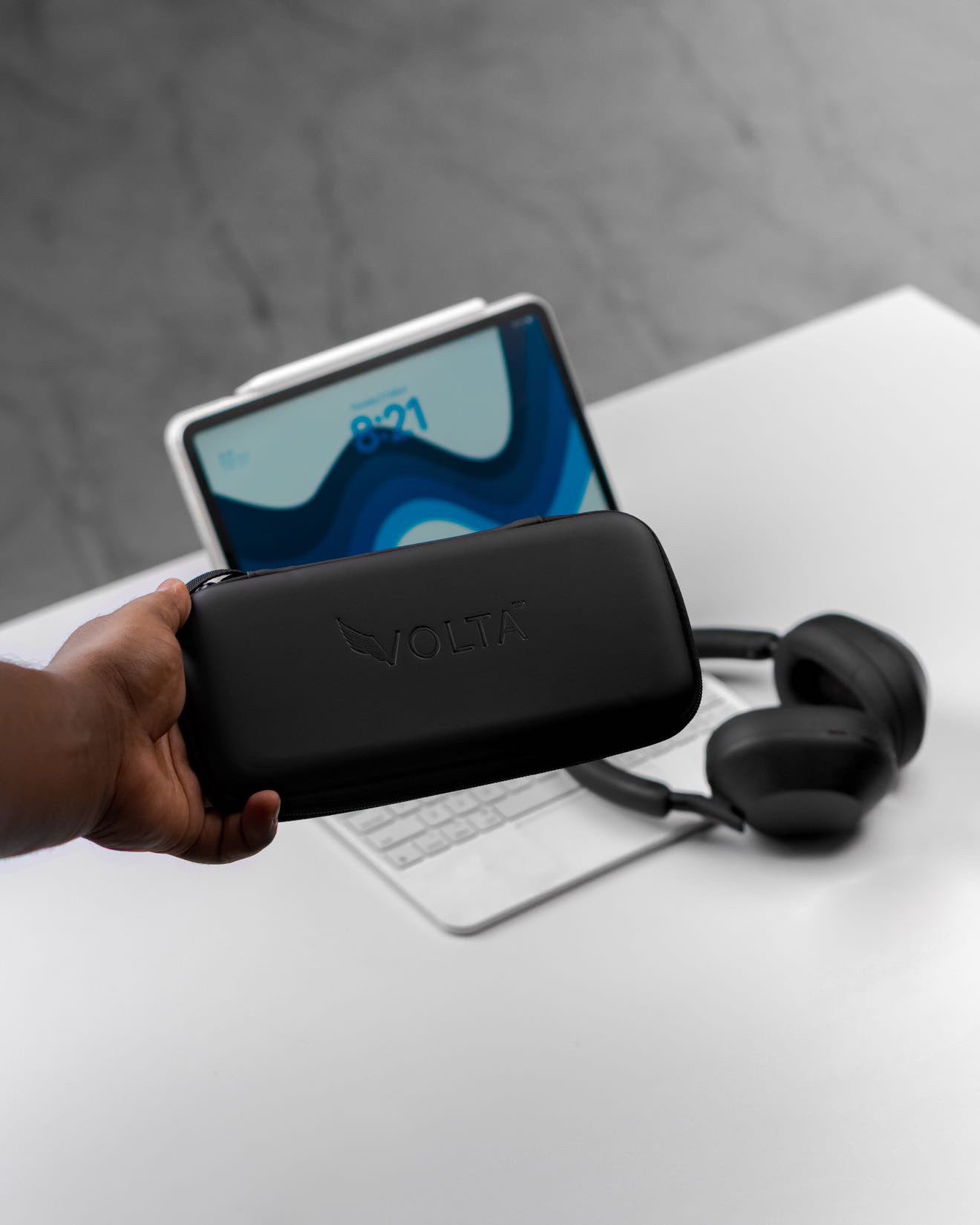
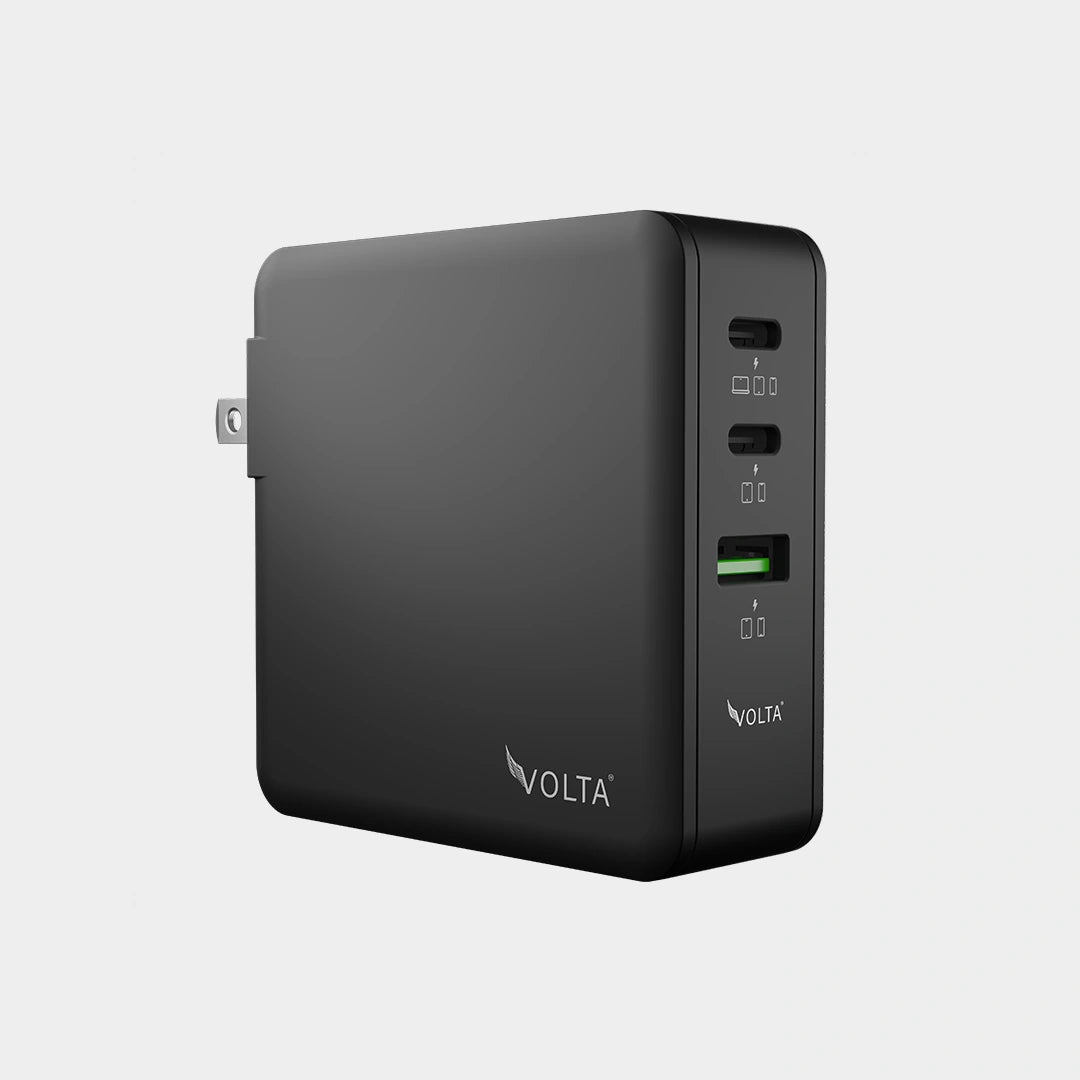
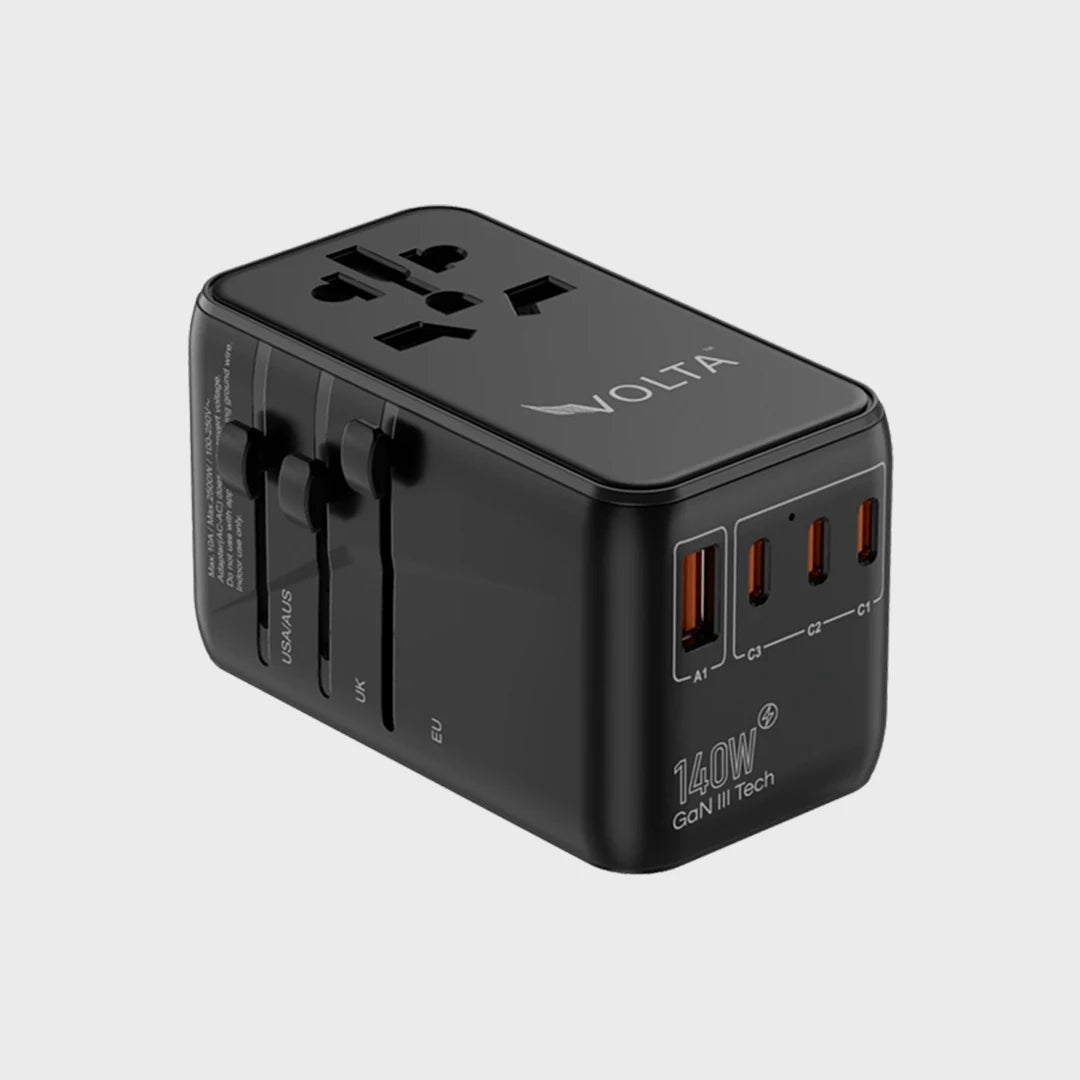
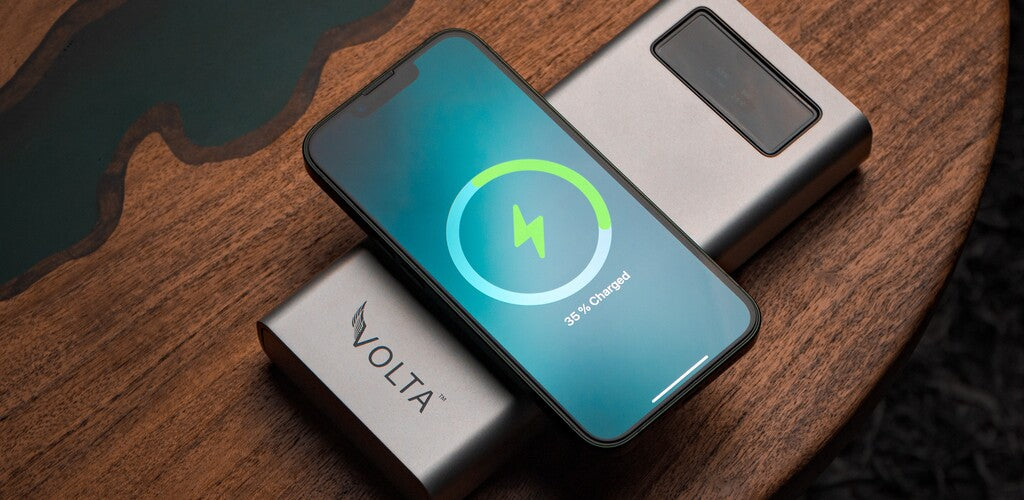
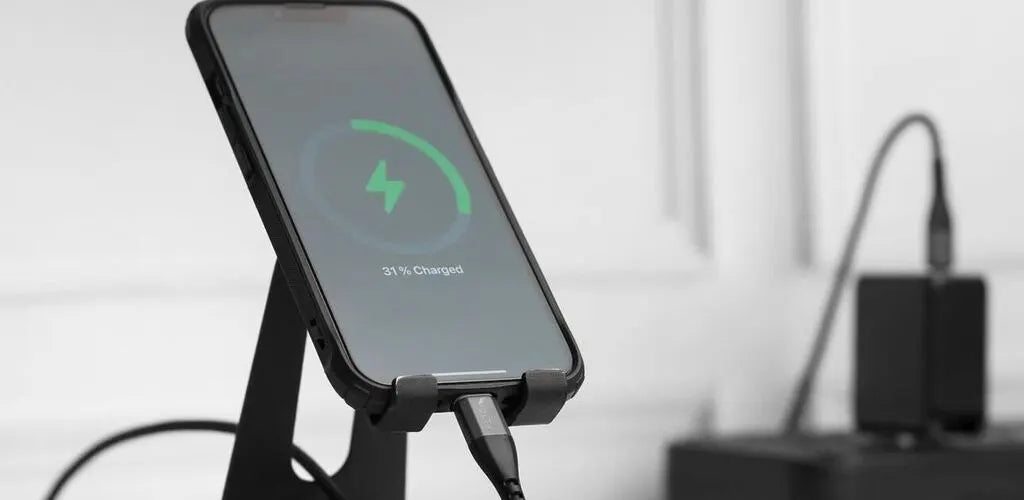
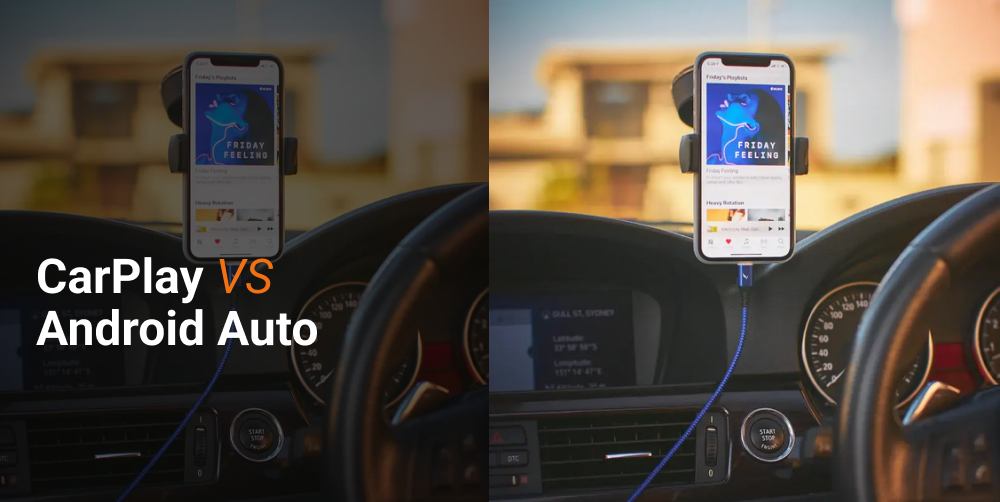
Leave a comment
This site is protected by hCaptcha and the hCaptcha Privacy Policy and Terms of Service apply.